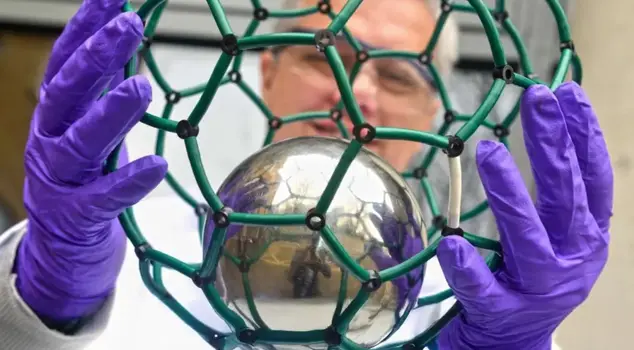
16.10.2024 14:31
The Nitrogen Atom-Based Endohedral Fullerene, developed by scientists at the University of Oxford, is described as the most expensive substance in the world. This material, valued at 4.7 billion Turkish Lira per gram, has been used in various fields of technology.
```html
Scientists at the University of Oxford in England have announced the world's most expensive substance. The substance, called Nitrogen Atom-Based Endohedral Fullerene, is valued at approximately 4.7 billion TL per gram and has been declared the most expensive material in the world. The reason for the substance's high value remains a topic of curiosity.
"WILL CHANGE THE FUTURE OF TECHNOLOGY"
In a statement from the University of Oxford, it was noted that Endohedral Fullerene is believed to have the potential to completely change the future of technology.
CAN FIT INTO MOBILE PHONES
Scientists find the possibility of producing extremely precise atomic clocks with this new material exciting. Traditional atomic clocks are usually room-sized and measure time by using the vibrations of atoms, while the team in Oxford aims to shrink atomic clocks to sizes that can fit into mobile phones with the technology they have developed.
WILL MAKE AUTONOMOUS VEHICLES SAFER
Scientists indicate that this new material could create a significant revolution, especially for driverless vehicles. Currently, GPS systems can provide accuracy up to a few meters, which is not sufficient for the safe driving of autonomous vehicles. However, with mini atomic clocks, this accuracy can be reduced to millimeters. This way, autonomous vehicles can be safely tracked even in tunnels or areas with weak GPS signals, making driving control safer.
WILL CAUSE SIGNIFICANT CHANGES
Research is still ongoing, and it may take a few more years for this technology to enter our daily lives. Studies are continuing, and it may take a few years for this technology to become part of everyday life. However, the use of portable atomic clocks in mobile phones could lead to significant changes in areas such as location tracking and navigation.
```